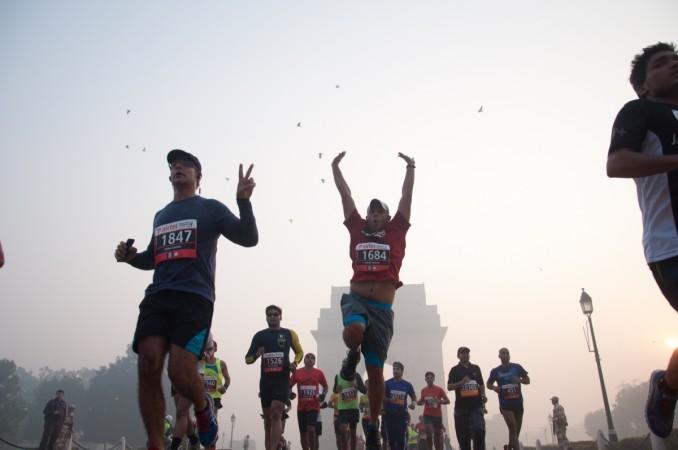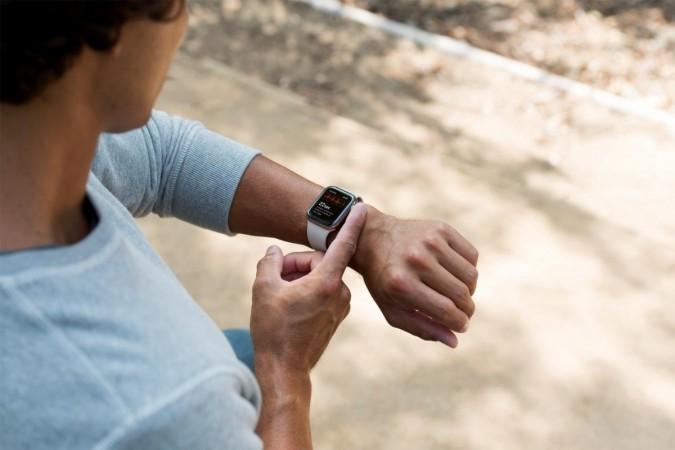Age no bar: 35-44 age group leads marathon charge, Apple Watch study reveals

Marathons are not everyone’s cup of tea. But everyone has the ambition to least be a participant. Don’t lose hope just yet, as the researchers at Brigham and Women’s Hospital have unveiled significant findings from the Apple Heart and Movement Study, shedding light on the intersection of physical activity and marathon participation, as tracked by Apple Watch.
The study marks a pivotal collaboration between Brigham and Women’s Hospital, the American Heart Association, and Apple, with the aim to unravel the intricate links between physical activity and heart health.
The comprehensive study, spanning from November 2019 to January 2024, analyzed data from over 250,000 participants across the United States. Among the key revelations, researchers noted a remarkable surge in marathon-length runs, with more than 1,500 participants collectively completing an estimated 2,623 marathons during the study period. Notably, the months of October and November emerged as peak periods for marathon endeavors, showcasing the highest frequency of marathon-length runs.
Delving deeper into the data, researchers observed that approximately half of the participants could complete a marathon distance of 26.2 miles within 90 days or fewer, based on their workout data. Furthermore, an analysis of participants aged 35–44 revealed this demographic to exhibit the highest participation rate in marathons or longer distances.

In examining the exercise habits of participants, the study unveiled significant achievements in both running and walking categories. Over 50% of participants recorded a 5K distance or more in either running or walking workouts. Additionally, the study highlighted the diverse achievements of participants, with a considerable proportion accomplishing distances beyond the 5K mark, including 10K, half marathons, and even full marathons.
Furthermore, the study provided valuable insights into the training and recovery patterns of marathon runners. Notably, researchers observed a tapering of training intensity in the weeks leading up to a marathon, followed by a steep decline post-event. Moreover, participants in the top percentile of finishing times exhibited a notably higher weekly mileage in their training regimen compared to their counterparts, emphasizing the importance of consistent and rigorous preparation.
Beyond the realm of marathon training, the study underscores the broader benefits of physical activity for both physical and mental well-being. Whether embarking on a leisurely stroll or preparing for a marathon, the act of walking or running offers a multitude of health advantages, encouraging individuals to prioritize regular exercise as an integral component of a healthy lifestyle.
